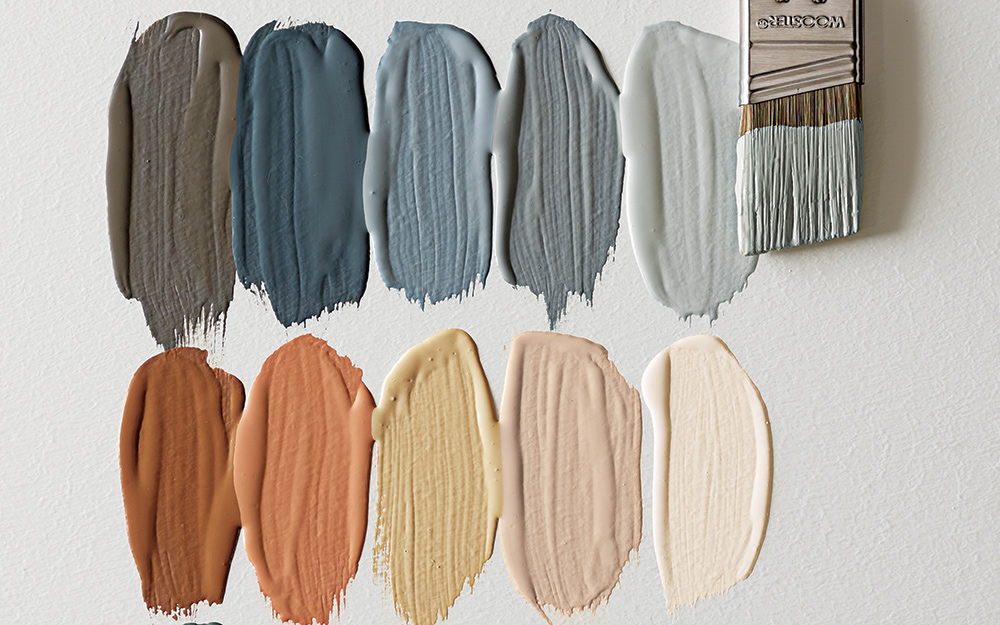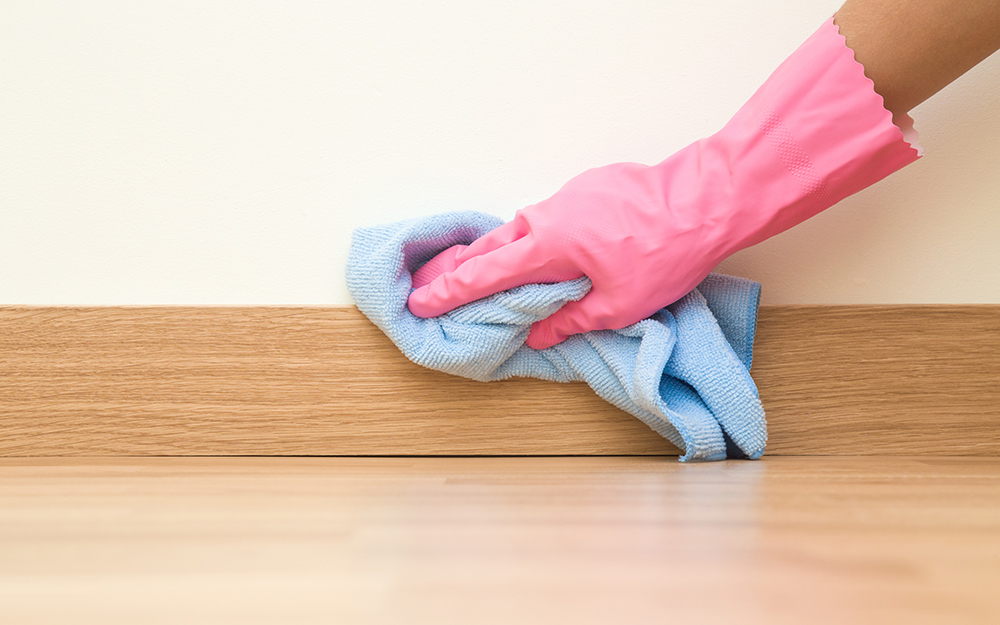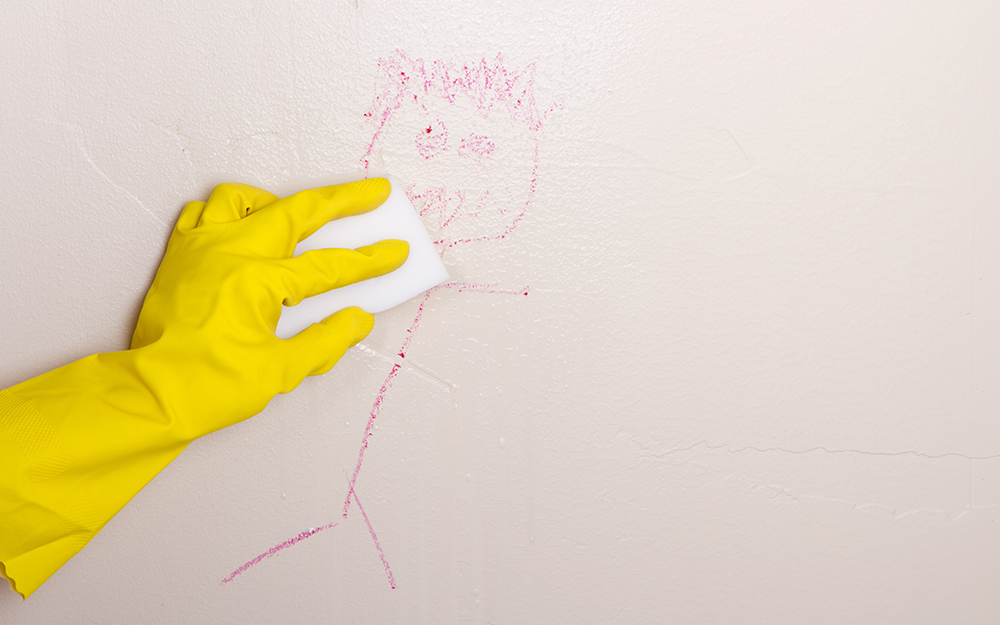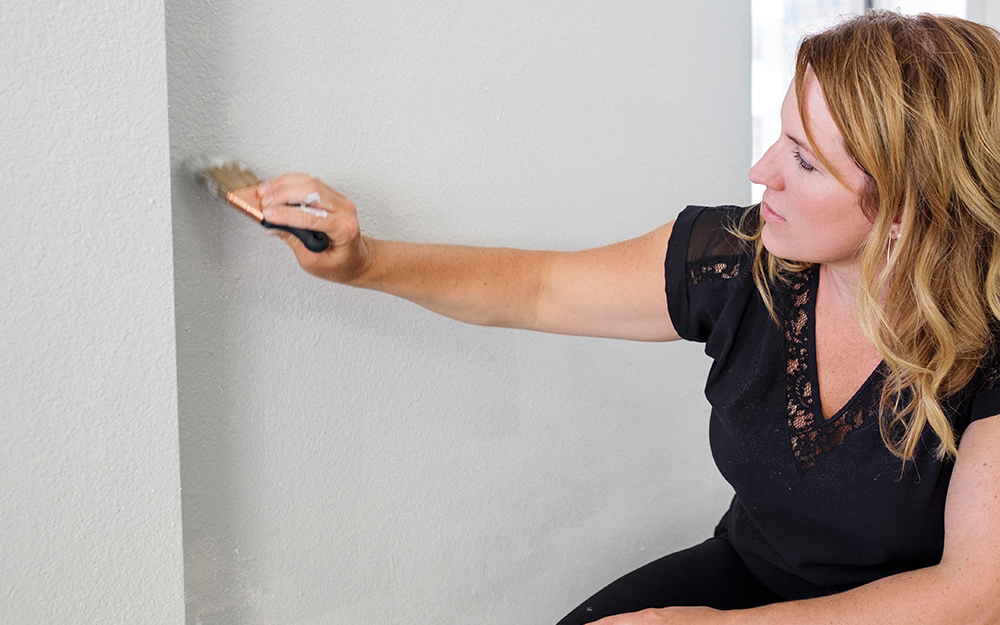How to Clean Painted Walls

Last updated September 7, 2023
If painted walls are losing luster, instead of adding a fresh coat of paint, give them a thorough cleaning. Deep cleaning your walls once a year brightens up a room. Take care to clean the walls enough to improve their appearance, but not so much to streak or damage the paint.
For the best results, clean painted walls with the right cleaning solution and method. This guide shows you how.
Difficulty:
Beginner
Duration:
2-4 hours
Table of Contents
Determine the Type of Paint
Prepare the Room and Dust the Walls
Wash the Walls
Stains and Spot Cleaning
Touch Up with Paint if Needed
Determine the Type of Paint

To clean painted walls, choose the best cleaning method based on the type of wall finish.
- Flat, eggshell or stain finishes is less durable and more likely to rub off. Try not to scrub too hard or wash with too abrasive a cleaner. Avoid harsh chemicals and use a mix of mild detergent and water.
- Semigloss or glossy finishes, popular on kitchen walls are durable enough to stand up to degreasing cleaners. They are also susceptible to scratches.
- Latex paint finishes can be cleaned with warm water mixed with a nonabrasive cleaner.
Tip: Give newly-painted walls at least two weeks to fully dry before their first wash.
Prepare the Room and Dust the Walls

Start the process by removing paintings, lamps and other objects hanging from the walls.
Move furniture to give yourself plenty of room.
Dust the walls by wiping with a tack cloth or cheese cloth.
Tip: Place newspaper, drop cloth or towels on the floor against the baseboards to catch water that may drip from the walls during cleaning.
Wash the Walls

You may be able to adequately wash walls using plain warm water. If there are stains or marks, use soapy water (especially if crayon-happy children live in the house). Make a mixture of water and a small amount of mild detergent. Wear kitchen gloves.
- Fill a bucket with mild soapy water. Have a second bucket of clean water for rinsing. Thoroughly wring out a soft cleaning sponge.
- When using any kind of cleaning product on a painted wall, test it by applying a small amount to a remote part of the wall, such as behind a piece of furniture or wall art, to make sure it won’t streak or discolor the paint.
- Start at the top, left-hand side of the wall and gently wash downward, applying the mildly damp sponge in a circular motion.
- When cleaning walls in large rooms or ones with particularly high walls, consider using a sponge mop with a long handle.
- Avoid colored soaps or dyed sponges, which can cause stains.
Tip: Consider washing walls on a warm, dry day so you can open the windows afterwards, which will help the excess water to dry faster.
Stains and Spot Cleaning

The sooner you address a scratch, spot or wall discoloration, the easier it will be to remove.
- First, gently dab a stain with a damp rag or non-abrasive sponge, as it may come off without the need of soap or a cleaner.
- If that doesn’t work, dip a damp cloth in dry baking soda or a solution of baking soda and water, then gently scrub the mark.
- Use a stronger chemical cleaner if needed, but only after testing.
- On completion, wipe the area with a cloth or sponge to remove any cleaner residue.
Touch Up with Paint if Needed

If the wall has stubborn stains or marks that can’t be removed by cleaning, you may need to conceal it with touch-up paint.
- If possible, use paint from the original can that painted the walls, and the same means of application: a small brush if it was brushed on, a roller if it was rolled on and so on. If you need to buy more paint, make sure you purchase the same color and the same sheen.
- Gently roll or feather the area with a small amount of touch-up paint and let dry.
Taking time to clean walls prolongs your paint job. It also saves time and money. If you need supplies, check out the selection on The Home Depot Mobile App. For touch-up paint or decide to paint walls a new color, try out The Home Depot Project Color App.


























